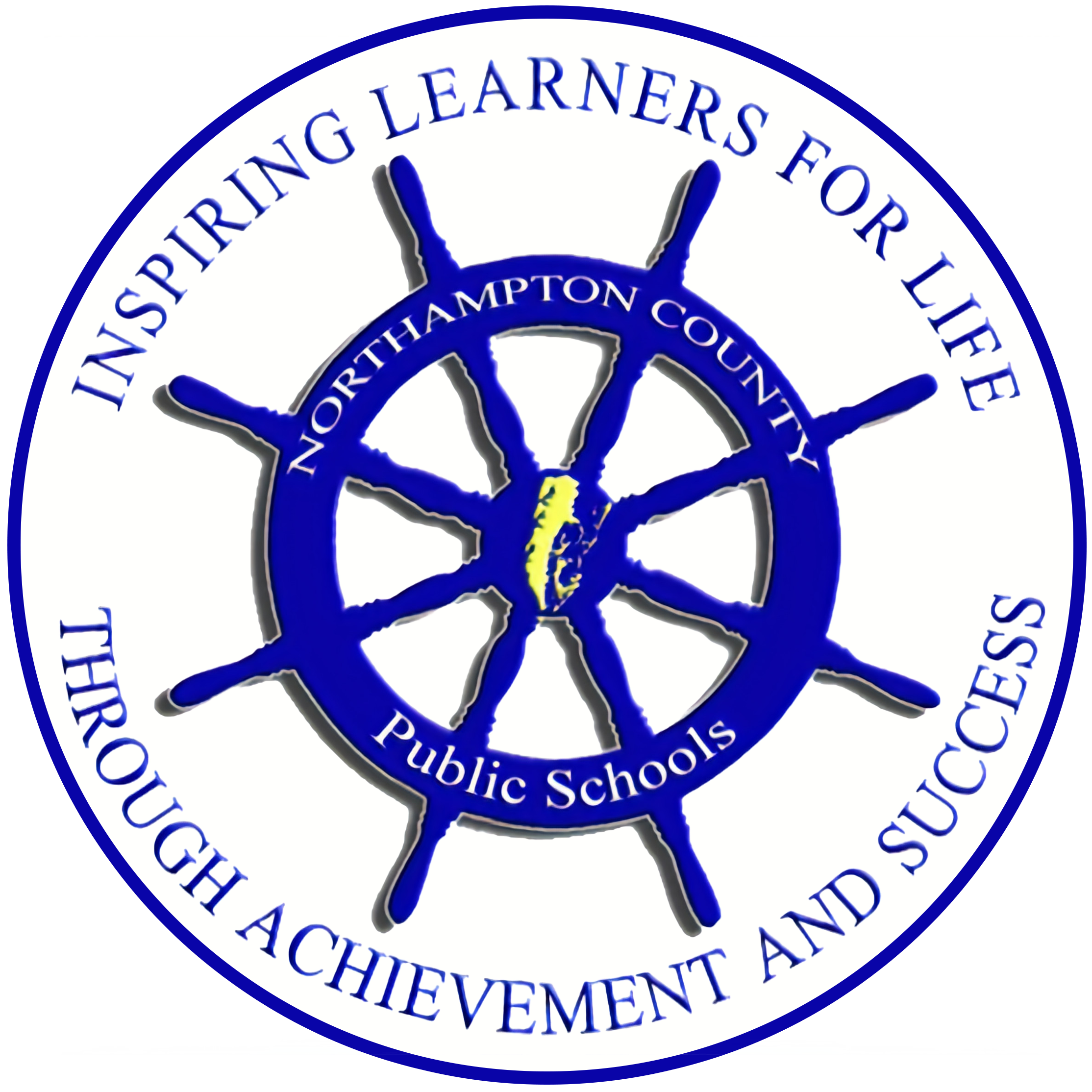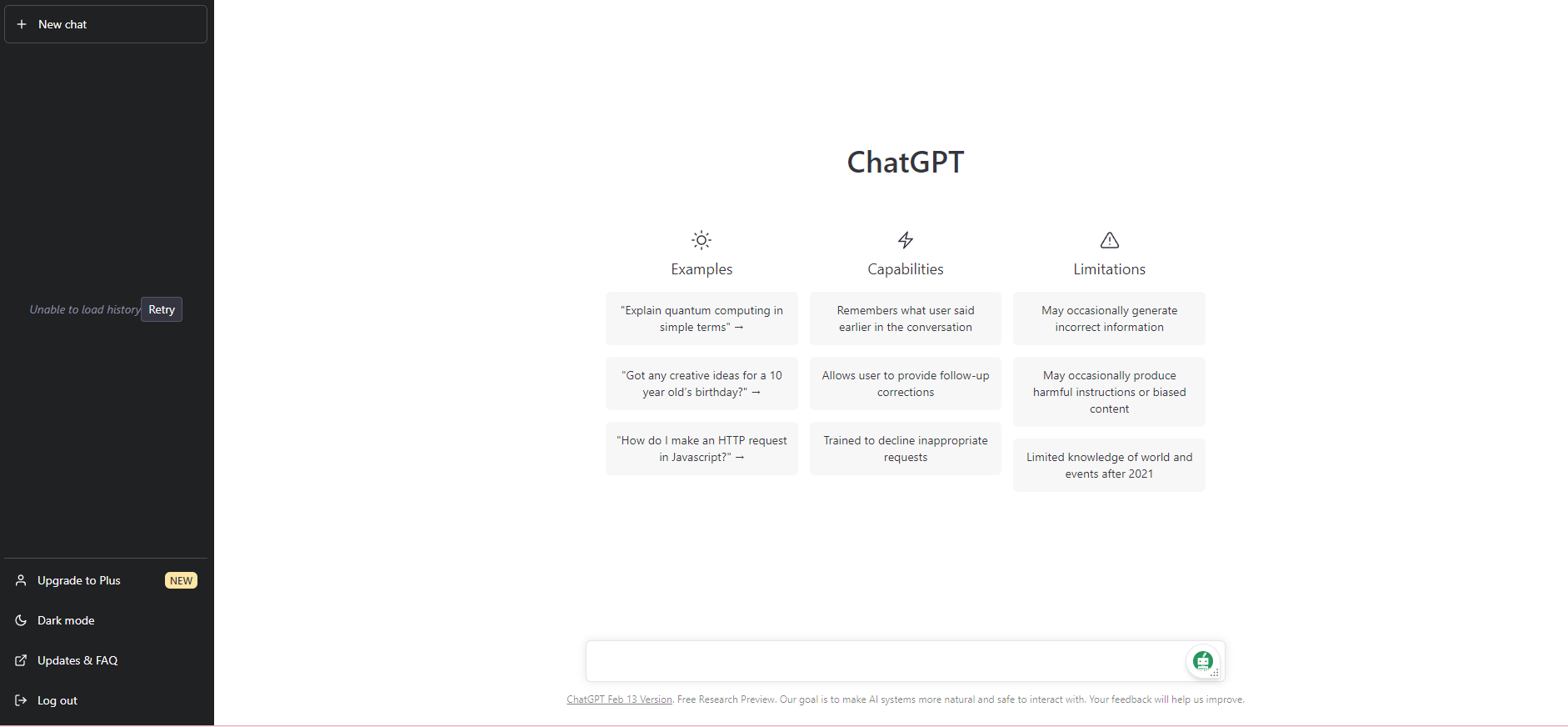Artificial Intelligence (AI): Embracing the Future of Education
Policy & Regulation-coming soon
Policy 3114: Use of Artificial Intelligence
Regulation 3114: Use of Artificial Intelligence
The rapid advancements in Artificial Intelligence (AI) can understandably feel daunting for educators, much like the initial uncertainty of mastering a new skill. However, innovation has always been a catalyst for progress, and avoiding change is not an option in our evolving world. Rather than fear these advancements, we must embrace them, deepen our understanding, and harness their potential to enhance our teaching methods and empower our educational practices.
What is Artificial Intelligence (AI)?
Artificial Intelligence (AI) refers to advanced software designed to provide specific answers to queries, often with precision and context that traditional search engines like Google cannot match. While Google offers a range of search results and resources, AI tools such as ChatGPT deliver direct and tailored responses. For example, when asked to generate a Depth of Knowledge (DOK) Level 2 question about the solar system, Google might provide a DOK chart along with other resources, whereas ChatGPT would produce a precise DOK Level 2 question.
ChatGPT, one of several AI tools available, has been publicly accessible since December 2022. Its capabilities are continually advancing, making it an increasingly impactful resource in education and beyond. To understand AI’s transformative potential, consider its evolution as akin to the leap from encyclopedias, thesauruses, and dictionaries to the dynamic search capabilities of Google. Explore this informative website to learn more about AI and its applications.
Training
The following trainings are self-paced and free for educators.
Generative AI for Educators with Gemini
"As a teacher, we know your time is valuable and student needs are broad. With Generative AI for Educators with Gemini, you’ll learn how to use generative AI tools (like Gemini and NotebookLM) to help you save time on everyday tasks, personalize instruction, enhance lessons and activities in creative ways, and more." --Google for Educators
Click here for training
An Essential Guide to AI for Educators
"This FREE 2-hour, hands-on course is designed to help educators get started using ChatGPT to save time, engage students, and implement AI responsibly."--AI for Education
Click here for training
AI Basics for K-12 Teachers
"Our AI Basics for K–12 Teachers course is designed for anyone who wants to understand the basics of generative AI and its impact on education. You'll learn:
Foundational AI literacy knowledge: what AI is, and an overview of how it works.
Safety considerations for using AI in education, including topics like data privacy.
Ethical considerations to keep in mind, including the role of AI in challenges like climate change.
A reflection workbook to help you plan how and where AI might best fit your teaching practice."
AI for education
"How will AI shape the future of education?"
"Let Khan Academy and our partners—including Code.org, Common Sense Education, aiEDU, and Professors Ethan and Lilach Mollick—be your trusted partners as we navigate this exciting learning journey together! What is generative AI and how does it work? What are some best practices for teaching and learning with generative AI? This course-in-progress answers those questions and many more. Welcome!"
--Khan academy
How to Use AI in Class: Start by Teaching Ethics
Before integrating AI into the classroom, it is essential to teach students the ethical use of this powerful tool. How AI is presented to students will influence their understanding of its appropriate and inappropriate applications. Emphasize the importance of academic integrity by helping students distinguish between authentic work and plagiarism, including paraphrased content designed to bypass plagiarism checkers.
When introducing AI as a resource, comparable to tools like Google, take a thoughtful and strategic approach. Highlight its potential as an aid for learning while steering students toward producing original and meaningful work. By teaching ethics first, we ensure that students develop a responsible and productive relationship with AI.
How can it help educators?
How to Ask Questions to ChatGPT
To effectively use ChatGPT, it is crucial to frame your questions clearly and precisely. The quality of the response depends on how well the query is worded. By asking specific and well-constructed questions, you can maximize the value of ChatGPT as a teaching resource.
Here are some examples related to classroom content:
Bell Ringers: Try typing, "What are some possible bell ringers for the Virginia SOL on inner planets?" While some responses may not strictly qualify as bell ringers or anticipatory sets, they often provide excellent ideas to inspire lesson planning.
Formative Assessment: Experiment with prompts such as, "What is the best formative assessment tool to use for a lesson plan designed with stations based on Bloom's Levels?" If the suggestions don’t fully meet your needs, refine your query. For instance, try asking, "What are the 25 best practice formative assessment strategies?"
By exploring different phrasings and narrowing your focus, you can guide ChatGPT to deliver more targeted and practical responses, enriching your teaching methods.
Examples of how to explain a concept
AI tools like ChatGPT can be particularly helpful for new teachers or veteran educators who are teaching unfamiliar content or transitioning to a different grade level. These tools can assist in tailoring explanations to the appropriate developmental and content level of students.
For example, try the following prompts:
For younger students: Ask ChatGPT, "How can I explain the concept of photosynthesis to 3rd graders?"
For older students: Follow up with, "How can I explain the concept of photosynthesis to 12th graders?"
You’ll notice a clear difference in the level of detail and complexity provided in each response. ChatGPT adjusts the explanation based on the intended audience, offering age-appropriate language and depth. This capability can help educators bridge gaps in familiarity with content and better connect with their students.
Ideas for lesson plans
ChatGPT can be an invaluable resource for generating lesson plans tailored to specific grade levels and standards, such as the Virginia SOLs. Whether you're teaching familiar or unfamiliar content, this tool helps create structured and grade-appropriate lesson ideas.
For example, try the following prompts:
For middle school students: Ask ChatGPT, "What is a good lesson plan for teaching the model of an atom to 6th graders using Virginia SOLs?"
For high school students: Follow up with, "What is a good lesson plan for teaching the model of an atom to 12th graders using Virginia SOLs?"
The responses will demonstrate the difference in content depth, complexity, and instructional strategies suited to each grade level. By using ChatGPT, educators can quickly generate ideas that align with standards while meeting the developmental needs of their students.
Ideas for questioning
ChatGPT can be a powerful tool for generating questions that align with different levels of cognitive demand, helping teachers plan key components of their lessons.
For example, try the following prompts:
Depth of Knowledge (DOK): Ask ChatGPT, "What is an example of a DOK 2 question for mitosis?"
Essential Questions: Follow up with, "What is an example of an essential question for a lesson plan on mitosis?"
These examples showcase how ChatGPT can assist in crafting thoughtful and rigorous questions to guide student inquiry and deepen understanding. With creativity and strategic prompts, AI becomes a limitless resource for enhancing instructional design.
Artificial Intelligence (AI) is rapidly advancing and becoming a seamless part of our daily lives, offering endless possibilities. It’s important to recognize that many students are already leveraging AI to their advantage, integrating it into their learning processes.
Rather than falling behind, educators must embrace this new technology, stay informed about its capabilities, and explore ways to incorporate it effectively into teaching. By working with AI, teachers can guide students in using these tools responsibly and maximize their potential for enhancing education.

